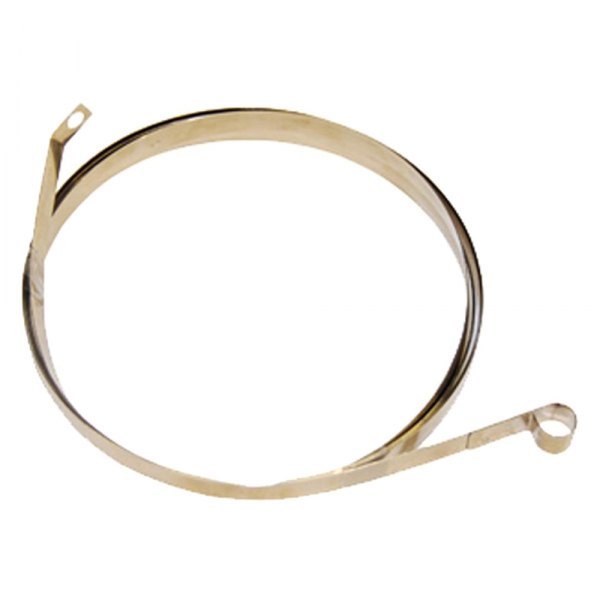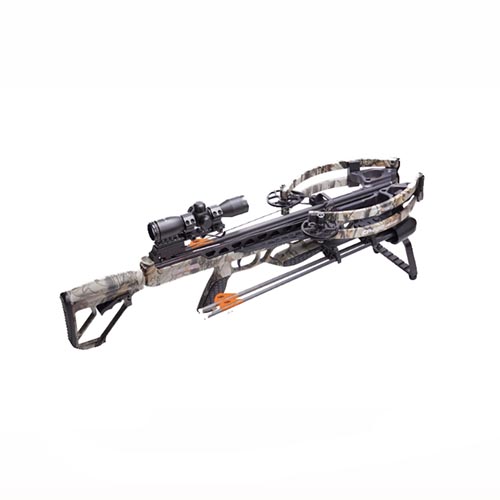

Silencers can be installed on the string however, they must go in-between strands, otherwise they’ll be ejected in short order. Noise-reduction dampeners can be mounted on the foot stirrup and accessories, such as the quiver, too. TenPoint crossbows offers an easy-to-install, Bowjax-manufactured crossbow noise dampening package that included the three aforementioned types of energy–absorbing dampeners. To further reduce vibration (and reduce decibels), dampeners can be added to the limbs, bolt-retention spring, and barrel or your crossbow. As such, don’t forget to add noise dampeners to a wide variety of the crossbow’s components, such as the foot stirrup and bolt-retention spring. To do so requires a reduction in vibration remember, vibration in matter causes sound.Ī simple way to reduce string oscillation (and thus vibration) is to add a string dampening setup to Reducing vibration is key to diminishing sound.


Suffice to say that your bolt won’t beat the crossbow’s sound to the animal, and at the deer will react to a degree (typically in an initial downward motion) hence the reason for the archer’s adage, “jumping the string.” As there’s no archery tackle that’ll outrun sound, it’s prudent to minimize the amount of sound produced by your crossbow. Although there is no consensus on a deer’s reaction time (or many animal’s, for that matter), the commonly expounded figures-expressed in milliseconds-are often faster than that 0.17 difference. Calculating the difference, the animal has 0.17 second to react before the bolt reaches it. Another way to think of it, the sound arrives at the deer in 0.08 second (when rounded up).


 0 kommentar(er)
0 kommentar(er)
